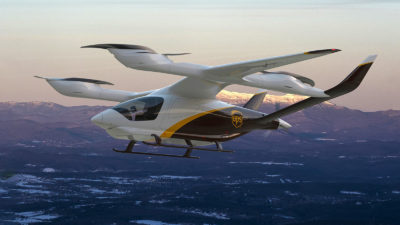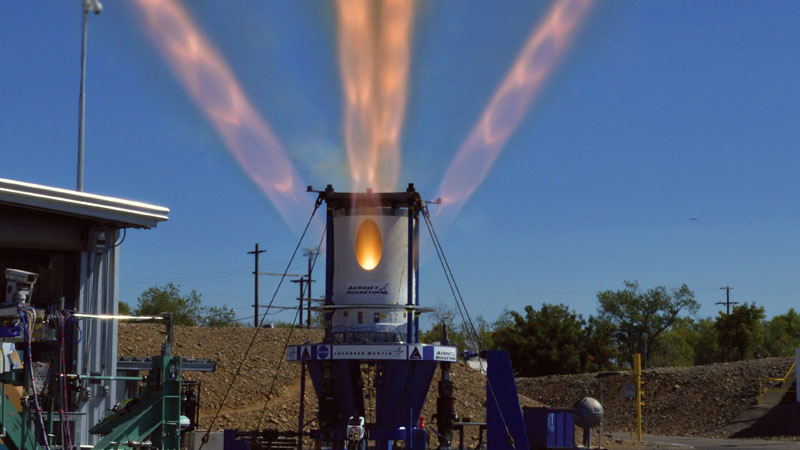Sounding rockets, simulations advance understanding of complex environments
By Miles T. Bengtson|December 2021
The Atmospheric and Space Environments Technical Committee encourages the exchange of information about the interactions between aerospace systems and their surroundings.
In May, the U.S. Air Force Research Laboratory concluded operation of the Demonstration and Science Experiments, or DSX, satellite mission. The spacecraft conducted 1,300 experiments to study the space environment in medium-Earth orbit. Satellites in this orbital regime encounter high-energy charged particles that are confined in the Earth’s magnetic field. These energetic particles can damage and degrade spacecraft components, so scientists are seeking to learn more about their behavior and how to design satellites that can better withstand the radiation hazard. In addition to naturally occurring radiation, a nuclear device detonated at a high altitude could create a radiation hazard in Earth’s orbit that could harm space-based assets. DSX conducted experiments using very low frequency radio waves that can interact with energetic particles and remove them from the space environment. The mission produced a trove of data on charged particles and how to remediate both natural and artificial radiation hazards in space. The very low frequency antenna on DSX extended approximately the length of a football field, making DSX the largest self-supporting structure ever flown in space. The DSX mission began development in 2003, and operations began in 2019 when the spacecraft launched from Cape Canaveral Space Force Station in Florida.
Two suborbital sounding rockets that were launched from NASA’s Wallops Flight Facility in Virginia released vapor material into the sky as part of space environments experiments. Both experiments generated brightly colored clouds that were visible to many on the East Coast. The Air Force Research Laboratory, in partnership with the Space and Missile Systems Center and NASA, flew the first sounding rocket in March. The payload released material that generated pink clouds at more than 160 kilometers to study the ionosphere. In May, NASA launched a sounding rocket payload from the University of Alaska Fairbanks to study how energy and momentum are transported through regions of the Earth’s magnetic field. The experiment, named KiNet-X, released barium vapors that were ionized by the sunlight and formed green and violet clouds. Scientists used observations of the clouds along with instruments on the sounding rocket to investigate how electrons in space are energized by the magnetic field. This mission is helping answer long-standing questions about how low-energy electrons from the near-Earth space environment are accelerated to the high energies found in regions like the aurora.
Aircraft icing researchers conducted a communitywide computer modeling campaign to assess simulation capabilities and establish future best practices. The campaign culminated at AIAA’s first Ice Prediction Workshop, held virtually in July. In-flight icing is a safety consideration for design and certification of aircraft, and engineers require accurate computer simulation tools to reduce testing and design cycle times. Twenty-one participants representing businesses, research organizations and academia executed their icing codes against a set of defined test conditions, allowing direct comparison with each other and experimental results. By comparing results, scientists determined which specific models led to discrepancies in ice shape prediction. This endeavor, the first in 20 years,
illuminated both technical achievements and future needs in icing simulation.
Contributor: Andy P. Broeren



































